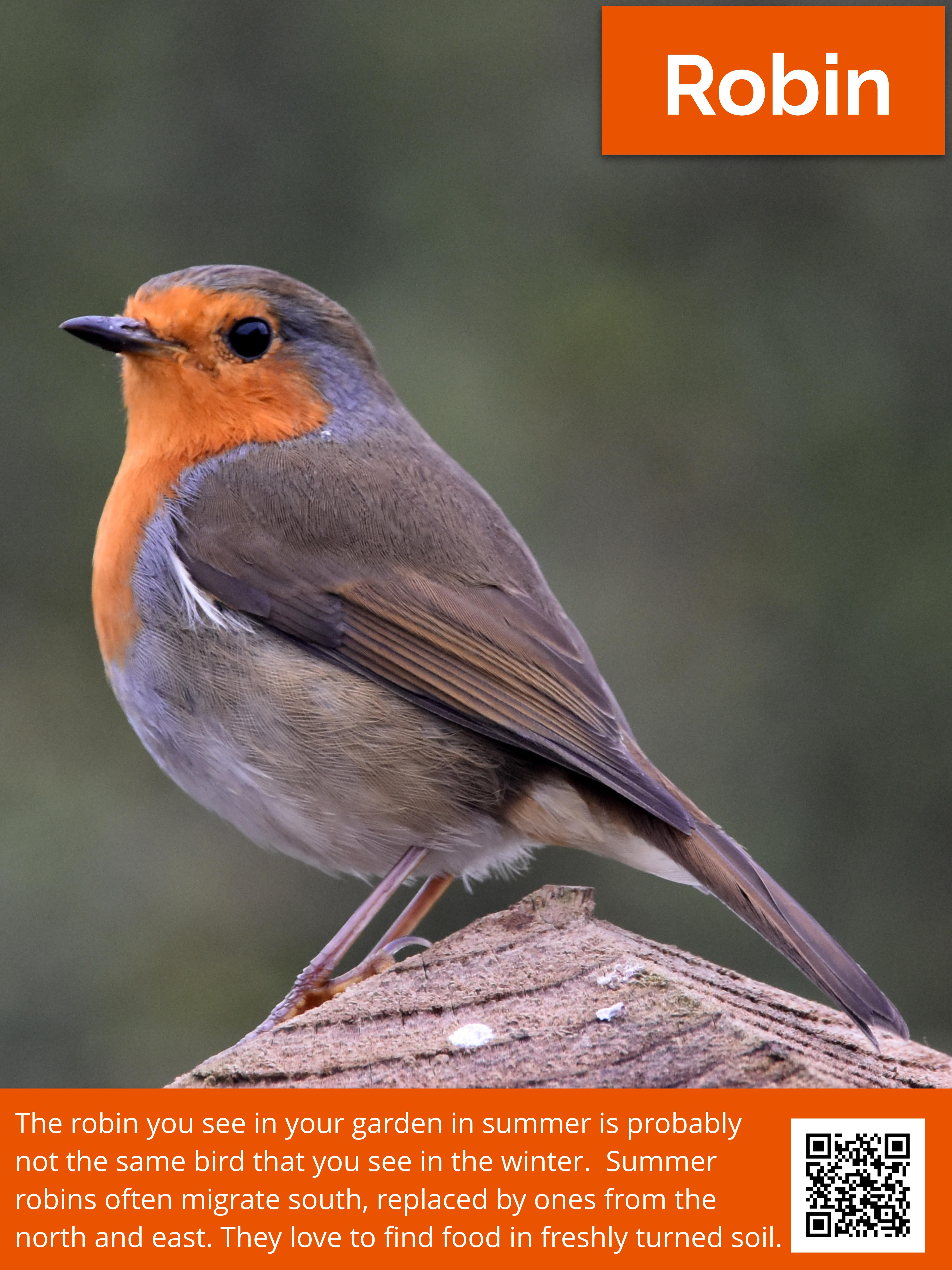Mosaic British Dragonflies
Between September and December 2023, a team of Museum Council students from Years Seven to Ten chose and created their own mosaics of different British Dragonflies, under the expert guidance of local mosaicist Clare Goodall. The mosaics have now landed on the Ford Corridor outside wall for everyone to admire, with an information board about the dragonfly species.
From left to right, the dragonflies are:
Common Darter, Yellow-spotted Emerald, Golden-Ringed, Southern Migrant Hawker, Emperor, White-faced Darter, Norfolk Hawker, Southern Hawker.
From left to right, our student artists are: Beatrix Maskill, Martha Jackson, Anya Blackwell-Baker, Maya Rowbottom, Friday Scott Buck & Annie Jones, Anita Green, Eleanor Chung, Duru Atilgan.
Thank you to everyone who took part in this project celebrating the beautiful species of dragonflies around us.


 Red Kite Facts
Red Kite Facts Pied Wagtail Facts
Pied Wagtail Facts Sparrowhawk Facts
Sparrowhawk Facts Parakeet Facts
Parakeet Facts Long-tailed Tit Facts
Long-tailed Tit Facts Robin Facts
Robin Facts Magpie Facts
Magpie Facts